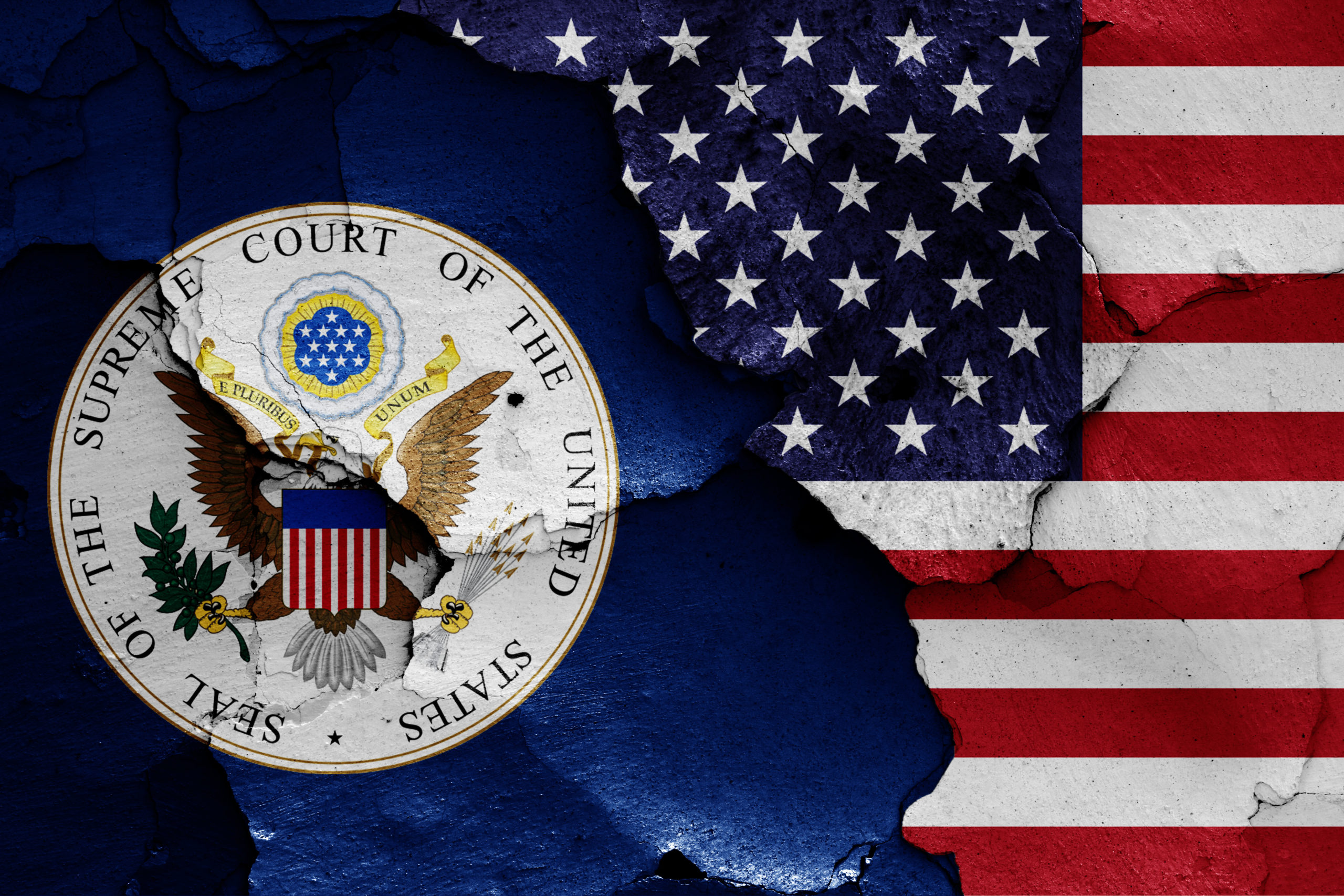A Supreme Court decision in favor of property owners will likely impact the future of how the waters of the United States (WOTUS) are designated under the Clean Water Act (CWA). The nation’s highest court began hearing the high-profile wetlands protection case, Sackett v. Environmental Protection Agency, on October 3, 2022. Water industry analysts have monitored the case carefully due to its potential ramifications for WOTUS.
The Supreme Court ruled 5-4 in favor of Idaho landowners Michael and Chantell Sackett on May 25. The couple filed a lawsuit against the U.S. Environmental Protection Agency (USEPA) over their desire to build a home on their Idaho land near Priest Lake. USEPA considered the Sacketts’ property a wetland according to its interpretation of the CWA. The term “wetland” includes swamps, marshes, and bogs, and the CWA defines “navigable waters” as the “waters of the United States, including the territorial seas.” The USEPA ordered the couple to stop preparing the land for construction in 2007 and restore the site to its original condition with the threat of fines of more than $40,000 per day.
At the Sackett’s request, the Supreme Court Justices reviewed the 2006 Supreme Court ruling in the Rapanos v. United States CWA case. Under that ruling, “the Clean Water Act does not regulate all wetlands but did not produce a majority for the governing standard.” USEPA argued the correct test to determine whether the CWA applies to a wetland was outlined by Justice Anthony Kennedy’s Rapanos v. United States opinion. The test asks whether there is a significant nexus between the wetland and waters that are covered by the CWA, and whether the wetlands significantly affect the quality of those waters. USEPA also argued the purpose of the CWA is to protect “traditional navigable waters,” which can be significantly affected by nearby wetlands and tributaries – even if there is not a continuous surface connection to those waters.
In the Opinion of the Court for Sackett v. Environmental Protection Agency, Associate Justice Samuel Alito says, “In sum, we hold that the CWA extends to only those ‘wet-lands with a continuous surface connection to bodies that are ‘waters of the United States’ in their own right,’ so that they are ‘indistinguishable’ from those waters. This holding compels reversal here. The wetlands on the Sacketts’ property are distinguishable from any possibly covered waters.”
In response to the Supreme Court decision, USEPA Administrator Michael S. Regan released the following as part of an official statement, “I am disappointed by today’s Supreme Court decision that erodes longstanding clean water protections. The Biden-Harris Administration has worked to establish a durable definition of ‘waters of the United States’ that safeguards our nation’s waters, strengthens economic opportunity, and protects people’s health while providing the clarity and certainty that farmers, ranchers, and landowners deserve. These goals will continue to guide the agency forward as we carefully review the Supreme Court decision and consider next steps.”
The WOTUS rule under the CWA has been embroiled in lawsuits and controversy for several years related to which waters are considered “waters of the United States.” In mid-April, a federal court judge in North Dakota issued a preliminary injunction against the implementation of the updated WOTUS Rule proposed by the USEPA. The ruling includes 24 States that jointly filed in North Dakota, including Montana, South Dakota, Utah, and Wyoming. The decision came on the heels of a Federal judge in Texas issuing an injunction in March to block WOTUS in Texas and Idaho. The WOTUS Rule remains in effect in 24 States.
AE2S will continue to provide updates on the legal battles surrounding WOTUS in future editions of The Update.

